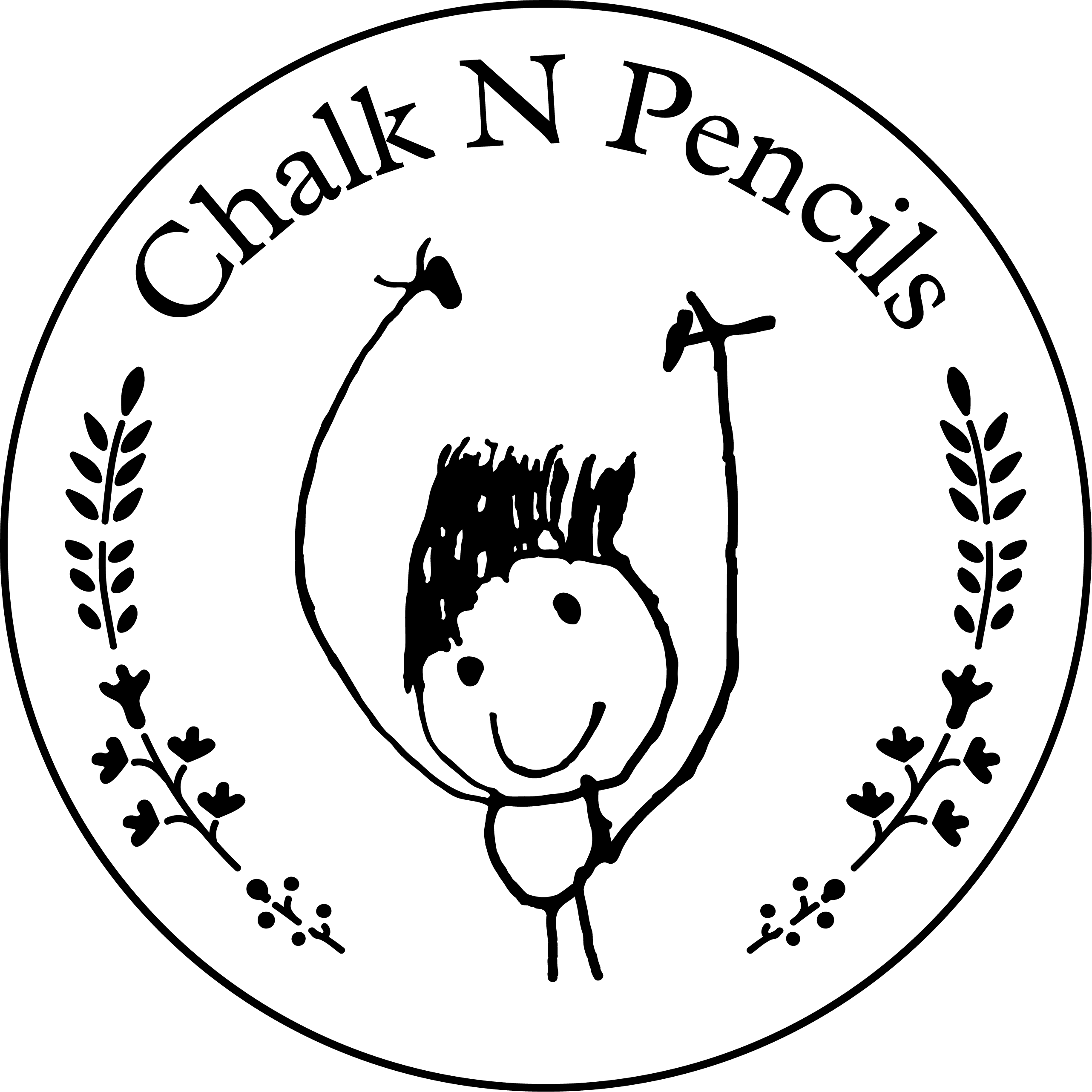All kids possess inherent creativity, but some may lose confidence in their artistic abilities over time. As a parent, you play a crucial role in helping your child develop and maintain their creative spirit. When children have access to innovative materials, along with a bit of guidance, they can learn to use these tools in their unique way to support their passions and interests. Are you looking for a way to inspire creativity in your child? Setting up a children’s art corner at home can be the perfect solution. This article will guide you through creating an entertaining space that fosters your child’s artistic expression. Ready to dive in?
Why a Children’s Art Corner is Essential
Children’s art corners offer numerous benefits for young minds. First, they provide an inspiring space where children can explore their creativity and develop essential motor skills. These areas also encourage independent thinking and problem-solving as children experiment with various materials and techniques.
Moreover, having a designated space for art reduces clutter in the rest of the home and helps keep everything organised. So, how do you create an inviting and functional art corner for your child?
Choosing the Right Location
The first step in setting up a children’s art corner is selecting the perfect spot. Ideally, you want a well-lit area with enough space for your child to move around comfortably. Choosing a location that’s easy to clean is also crucial, as messes are inevitable when children engage in artistic activities. A spot near a window or a room with tile or hardwood flooring could be an excellent choice.
Why a Children’s Art Corner is Essential
The first step in setting up a children’s art corner is selecting the perfect spot. Ideally, you want a well-lit area with enough space for your child to move around comfortably. Choosing a location that’s easy to clean is also crucial, as messes are inevitable when children engage in artistic activities. A spot near a window or a room with tile or hardwood flooring could be an excellent choice.
Furniture and Storage Solutions
When furnishing your child’s art corner, think about comfort and practicality. A child-sized table and chairs are essential, allowing your little artist to sit comfortably while they work. The Ikea RÅSKOG Trolley is a versatile storage solution, providing easy access to art supplies and the flexibility to move them around as needed. Organising art supplies in clear containers, bins, or jars can make it easy for your child to find what they need and help them learn responsibility by putting things away when finished.
Make the Art Corner Easily Accessible
To encourage creative independence, make sure familiar materials are always accessible. By keeping supplies in the open, you allow for spontaneous art-making. Discuss rules with your child and trust them to handle the materials responsibly. This trust can promote a sense of autonomy and responsibility.

Mix Art and Play in the Same Space
A children’s art corner can also serve as a workshop where art materials enhance other types of play. Don’t hesitate to mix toys and art supplies in the same space. For example, plastic toys are easy to clean if covered in paint or glue. You can also include wooden blocks or play kitchen items with play-dough. Integrating art-making into imaginative play can keep your child engaged for extended periods.
Stocking Up on Art Supplies
The key to a successful art corner is having a variety of high-quality art supplies. Visit the Chalk N Pencil Art Store to find everything your child needs to get started. You can also have a look at out other blog post on the Best Art Supply Stores in Singapore to look at other retailers.
Consider including essentials like:
- Oil Pastels (oil pastels are smoother to colour with compared to crayons, which are waxier)
- Markers (felt tip markers are always recommended, compared to coloured pencils)
- Watercolour paints (water-soluble paints are also suitable for painting on bathroom tiles.)
- Paintbrushes (short-handle synthetic brushes are ideal for all types of paint.)
- Poster/Acrylic paints (poster is water-soluble, and acrylic is quick-drying.)
- Glue sticks (mess-free, no gooey mess)
- Scissors (pick round-edged, child-friendly scissors)
- Construction paper (coloured paper)
- Cartridge paper (look for 150gsm and above as a versatile painting surface for all mediums.)
Additionally, it’s essential to have a few smocks or aprons on hand to protect clothing during messy projects.
Below we show you an example of how we have kitted out our studio’s trolley with these essentials:

Top Basket with side caddy

Middle Basket

Bottom Basket
Encouraging Creativity Through Art Prompts
How can you motivate your child to make the most of their art corner? Offering art prompts can be an effective way to jumpstart a creative session. For example, suggest creating a self-portrait, illustrating a favourite story, or designing their dream home. Providing a mix of structured and open-ended prompts will encourage your child to experiment with different mediums and techniques.
Displaying Your Child’s Masterpieces
One of the most rewarding aspects of creating a children’s art corner is watching your child’s artistic skills grow. Include areas for drying, storing, and displaying art your child can access. Showcasing their artwork boosts their confidence and adds a personal touch to your home décor. Display the art at your child’s eye level so they can easily showcase their creations. Consider hanging a bulletin board, magnetic board, or simple clothesline with clips to display their creations proudly.
Maintaining the Art Corner
A well-kept art corner is inviting and helps your child focus on their projects. Regularly cleaning the area, replenishing supplies, and rotating displayed artwork will keep the space fresh and inspiring. Remember to involve your child in the upkeep process, teaching them responsibility and the importance of caring for their creative space.

Conclusion
Creating a children’s art corner at home is a beautiful way to encourage your child’s creativity, independence, and problem-solving skills. You can create a space that nurtures your child’s artistic abilities by choosing the right location, providing comfortable furniture, organising supplies, and offering art prompts.
Remember to involve your child in decision-making, from selecting the art supplies to deciding how to display their creations, helping them feel a sense of ownership and pride in their art corner.
Finally, remember to celebrate your child’s accomplishments and enjoy watching them grow and develop as artists. Your support and encouragement will go a long way in fostering a lifelong love of creativity and self-expression.
With these tips in mind, you’re on your way to creating a captivating and functional children’s art corner that will inspire your little artist for years. Happy creating!
FAQ
How can art spaces adapt to different learning styles in children?
Children have varied learning styles—visual, auditory, kinesthetic, and more. An art space can cater to these differences by incorporating diverse materials and activities. For example, auditory learners might enjoy music-based art projects, while kinesthetic learners could benefit from hands-on sculpting or building activities.
- What are some innovative art materials that go beyond traditional supplies?
- Exploring unconventional art materials can spark creativity. Items like natural materials (leaves, sticks, stones), recyclables (cardboard tubes, plastic bottles), and digital art tools (tablets with drawing apps) offer new mediums for artistic expression.
- How can art activities support emotional and social development in children?
- Art activities can be powerful tools for emotional expression and social learning. Group projects foster teamwork and communication skills, while individual art-making can be a therapeutic outlet for emotions, aiding in self-understanding and empathy development.
- What role does technology play in modern children’s art spaces?
- Technology, when integrated thoughtfully, can expand the creative possibilities in an art space. Digital drawing tablets, interactive art apps, and online tutorials can provide new avenues for creativity and learning, blending traditional art with modern tech skills.
- How can parents measure the impact of an art space on their child’s development?
- Parents can observe changes in their child’s creativity, problem-solving skills, and emotional well-being. Regular conversations about their art projects and the processes they enjoy can reveal insights into their development. Additionally, portfolios of their artwork over time can visually demonstrate growth and learning.
Exclusive Offer for Our Readers!
$5 off a trial art class at Chalk N Pencils when you click through this link and send us a message on WhatsApp.
Join Our Community
Eager to start your artistic journey? Join our community of artists in Singapore today! Whether you're looking to learn, create, or simply enjoy the company of fellow art enthusiasts, Chalk N Pencils is the place to be.





